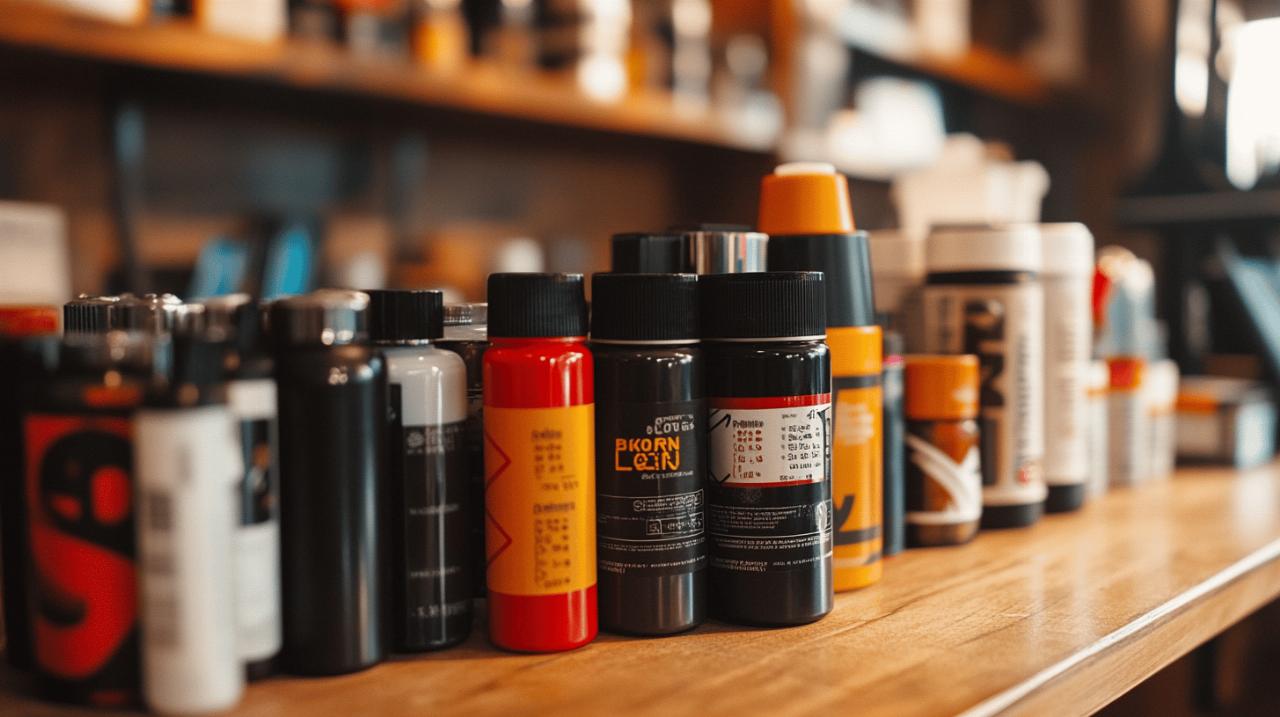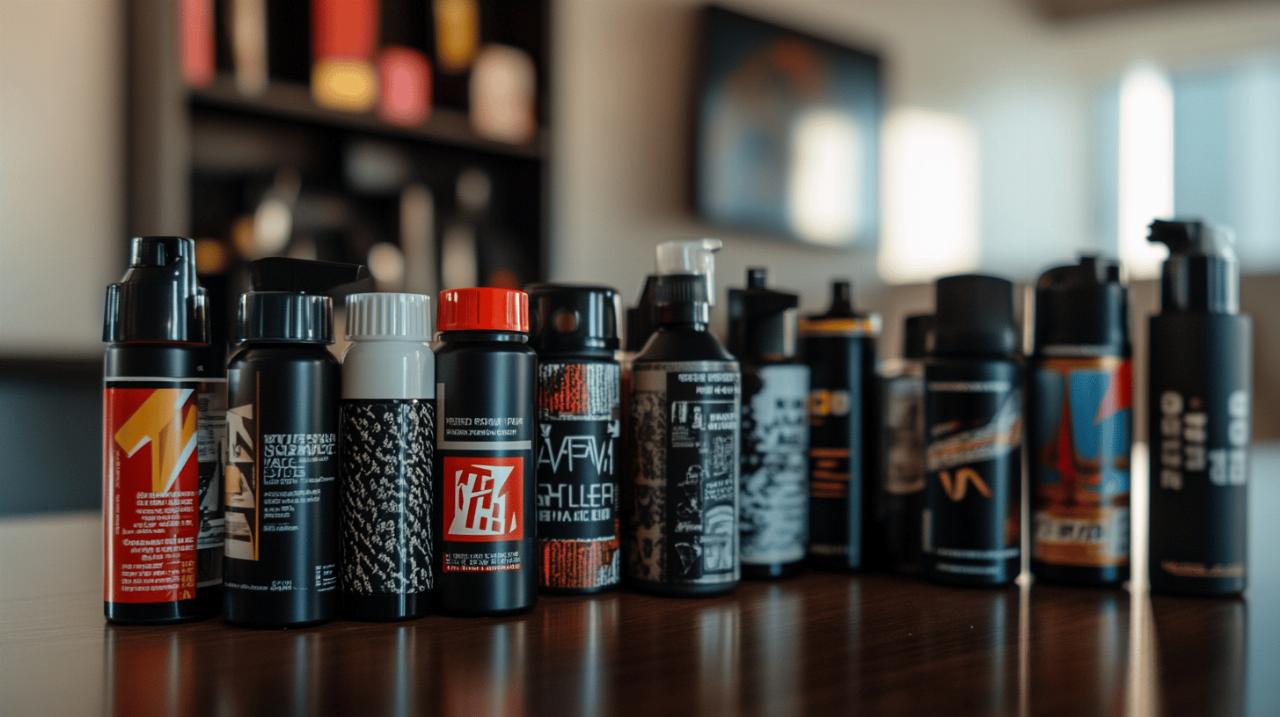Protecting your home and personal wellbeing has become an essential consideration in modern life, prompting many to explore the wide array of security gadgets and devices available on the market today. From compact personal alarms that emit piercing sounds to sophisticated smart home systems that integrate seamlessly with your smartphone, the options can seem overwhelming. Understanding the technologies behind these devices and how they fit into your daily routine is crucial for making informed decisions that genuinely enhance your safety without unnecessary complexity or expense.
Understanding personal protection spray technologies
When it comes to personal protection devices, sprays remain among the most popular choices for their portability and effectiveness. These formulations are designed to temporarily incapacitate a potential threat, providing precious moments to escape and seek help. The science behind these devices relies on delivering irritants that affect the respiratory system, eyes, and skin, causing immediate discomfort and disorientation. The two primary categories you will encounter are CS gas and oleoresin capsicum, each with distinct characteristics and mechanisms of action.
The science behind cs gas and oleoresin capsicum formulations
CS gas, a synthetic compound, primarily targets the mucous membranes and eyes, inducing tears, a burning sensation, and temporary blindness. Its effects are immediate but generally shorter in duration compared to natural alternatives. In contrast, oleoresin capsicum, commonly known as pepper spray, derives from natural chilli peppers and contains capsaicin as its active ingredient. Capsaicin triggers intense burning sensations, respiratory distress, and involuntary closure of the eyes, incapacitating an attacker for several minutes. Some manufacturers produce pepper gel variants, which have the advantage of not atomising into a fine mist, making them safer for indoor use and less susceptible to wind interference. Pepper gel can reach targets up to four metres away and adheres to the assailant, reducing the risk of cross-contamination. Products such as those from Sabre utilise natural ingredients and are engineered to deliver consistent results, with some canisters offering up to twenty-five bursts to ensure multiple deployment opportunities if needed.
Distinguishing between various self-defence spray categories
Choosing the right self-defence spray involves understanding the different spray patterns available. Cone sprays release a wide mist that covers a broader area, making them effective in close-quarters situations, though they are more prone to being blown back by the wind. Stream sprays, on the other hand, emit a focused jet that travels further and is less affected by environmental conditions, but they require more precision in aiming. Foam sprays combine the benefits of both, offering reduced blowback and easier targeting, making them suitable for users concerned about accuracy under stress. Beyond the spray mechanism, you should also consider the potency of the formulation. Pepper sprays are often measured in Scoville Heat Units, with higher ratings indicating greater intensity. However, legal restrictions may limit the maximum permissible strength, so it is vital to research local regulations before purchasing. Carry options such as keyrings, belt clips, and armbands enhance accessibility, ensuring the device is within reach when needed most.
Essential selection criteria for self-defence canisters
Selecting an effective canister involves more than simply picking the most powerful option available. Practical considerations such as size, ease of deployment, and reliability under pressure all play critical roles in ensuring the device serves its intended purpose. A canister that is too bulky may be left at home, while one that is overly complicated to activate could prove useless in a high-stress situation. Therefore, evaluating these factors carefully is essential for making a purchase that genuinely enhances your personal security.
Evaluating spray patterns, range, and deployment mechanisms
The effective range of a self-defence spray determines the distance you can maintain from a potential threat while still incapacitating them. Longer ranges, typically around four metres or more, allow you to act from a safer distance, reducing the risk of physical confrontation. The deployment mechanism must be intuitive and quick to operate, ideally featuring a simple safety catch that can be disengaged with minimal effort. Some products include a whistle attachment, audible up to two hundred and twenty-nine metres, which can serve as an additional deterrent or call for help. The Sabre personal alarm, for instance, produces a sound level of one hundred and thirty decibels, capable of being heard from three hundred and eighty-one metres away, providing an immediate auditory deterrent that can startle an attacker and attract the attention of bystanders. When evaluating these features, consider scenarios where you might need to deploy the device, such as in a car park or on a dimly lit street, and ensure the design suits those environments.
Assessing portability, potency measurements, and design features
Portability is paramount when it comes to personal protection devices. A canister that fits comfortably in a pocket or attaches securely to a keychain is far more likely to be carried consistently. Weight and size should be balanced against capacity, with smaller units offering fewer bursts but greater convenience. Design features such as ergonomic grips, clear labelling, and visible safety indicators contribute to user confidence and effectiveness. Some advanced models incorporate smart technology, such as the Sabre SMART pepper spray, which can alert emergency contacts and share your real-time location via a smartphone app. This integration of technology and personal safety represents a significant advancement, providing an additional layer of security beyond the physical deterrent. Potency measurements, as mentioned earlier, are crucial, but they must be considered alongside the formulation's shelf life. Most canisters have an expiry date, typically ranging from two to four years, after which the active ingredients may degrade, reducing effectiveness. Regularly checking these dates and replacing expired units ensures your device remains reliable when needed.
Legal framework and responsible ownership
 Understanding the legal landscape surrounding personal protection devices is not merely a matter of compliance but a fundamental aspect of responsible ownership. Laws governing the possession, carrying, and use of these devices vary significantly, and ignorance is no defence in the eyes of the law. Ensuring you are well-informed about the regulations in your area protects you from potential legal repercussions and helps you use these tools ethically and appropriately.
Understanding the legal landscape surrounding personal protection devices is not merely a matter of compliance but a fundamental aspect of responsible ownership. Laws governing the possession, carrying, and use of these devices vary significantly, and ignorance is no defence in the eyes of the law. Ensuring you are well-informed about the regulations in your area protects you from potential legal repercussions and helps you use these tools ethically and appropriately.
Navigating uk regulations for personal protection devices
In the United Kingdom, the legal status of personal protection sprays is complex and highly restrictive. CS gas and pepper sprays are classified as prohibited weapons under the Firearms Act 1968, making their possession, purchase, and use illegal for the general public. This prohibition extends to all formulations, regardless of concentration or intended purpose. Individuals found in possession of these items can face serious criminal charges, including imprisonment. There are limited exceptions for law enforcement and certain licensed professionals, but these do not apply to ordinary citizens seeking personal protection. As a result, UK residents must explore alternative means of personal security, such as personal alarms, which are entirely legal and widely available. Personal alarms, like the Sabre model mentioned earlier, offer a loud auditory deterrent without the legal complications associated with sprays. These devices can be carried openly or discreetly, providing peace of mind without infringing on legal boundaries. For those living in or travelling to jurisdictions where personal protection sprays are legal, it remains essential to research specific local laws, as regulations can vary even within a single country.
Ethical considerations and lawful application guidelines
Beyond legality, ethical considerations play a significant role in the responsible use of personal protection devices. These tools are designed for genuine self-defence situations, where there is an immediate and credible threat to your safety or that of others. Misuse, whether through excessive force or deployment in non-threatening circumstances, can have serious consequences, both legally and morally. Training and familiarisation with your chosen device are critical components of responsible ownership. Practising deployment techniques, ideally with an inert training canister, builds confidence and ensures you can act decisively under pressure. Equally important is understanding when not to use the device. Escalating a situation unnecessarily or using a defence tool in anger or frustration undermines its purpose and can lead to criminal liability. Ethical ownership also involves storing the device safely, out of reach of children, and ensuring it is not accessible to individuals who might misuse it. By adhering to these principles, you respect both the law and the broader social responsibility that comes with carrying a personal protection device.
Practical preparation and maintenance best practices
Owning a personal protection device is only the first step in ensuring your safety. Without proper preparation, training, and ongoing maintenance, even the most advanced gadget may fail to serve its purpose when it matters most. Integrating these tools into your daily routine and developing the skills to use them effectively transforms them from mere possessions into reliable components of a comprehensive personal security strategy.
Training techniques and safe storage protocols
Effective training begins with understanding the operational mechanics of your device. Whether it is a personal alarm, pepper spray, or smart home security system, familiarity breeds confidence. For sprays, this means practising the motion of drawing the canister, disengaging the safety, and aiming at a target. Many manufacturers recommend annual practice sessions to maintain proficiency, and some offer inert training units that replicate the weight and feel of the actual product without the active ingredients. Beyond physical practice, mental preparation is equally important. Visualising potential scenarios and rehearsing your response helps reduce panic and improves reaction times in genuine emergencies. Safe storage is another critical aspect of responsible ownership. Devices should be kept in secure locations that are easily accessible to you but out of reach of children and unauthorised users. For smart home systems, this includes securing digital access with strong passwords and enabling two-factor authentication to prevent hacking. Regular maintenance checks, such as testing personal alarms and ensuring smart devices are connected and functioning, help identify issues before they become critical. By integrating these practices into your routine, you ensure your personal protection devices remain effective and reliable over time.
Monitoring expiry dates and ensuring optimal device functionality
Personal protection devices, like many safety tools, have finite lifespans. Pepper sprays and gels typically remain effective for two to four years, after which the active ingredients may lose potency. Checking expiry dates regularly and replacing units as needed ensures your device will perform as expected. For electronic devices such as personal alarms and smart security systems, battery life and software updates are key considerations. Rechargeable models, such as the Ashley Alarm 2, offer the convenience of repeated use but require regular charging to remain functional. Non-rechargeable devices should have their batteries replaced according to manufacturer recommendations. Smart home systems, including video doorbells and security cameras, often rely on firmware updates to address security vulnerabilities and improve performance. Enabling automatic updates or setting reminders to check for new versions helps maintain optimal functionality. Cloud storage subscriptions, where applicable, should be monitored to ensure recordings are being saved and accessible when needed. By staying on top of these maintenance tasks, you maximise the value and reliability of your personal protection devices, ensuring they are ready to perform when your safety depends on them.
